
Art murals have been a vibrant form of artistic expression for centuries. These large-scale painted artworks can be found throughout the world – on the sides of buildings, in public spaces, and even inside museums. They captivate our attention with their bold colors, intricate details, and thought-provoking messages. Art murals have the power to transform bland urban landscapes into vibrant and culturally rich environments.
From ancient cave paintings to modern street art, murals have played a significant role in human history. Today, artists continue to push the boundaries of this art form, using a variety of techniques and styles to convey their ideas. Many murals showcase realistic and lifelike imagery, while others feature abstract designs or surreal scenes that challenge our perception of reality. Some artists use murals as a means of political or social commentary, while others aim to beautify and inspire their communities.
Art murals foster a sense of pride and identity within communities. They tell stories, celebrate traditions, and honor local heroes. Walking through a neighborhood adorned with vibrant murals can be an immersive experience, offering glimpses into the history, culture, and values of the people who live there. These artworks often serve as landmarks and meeting points, becoming integral parts of the urban fabric.
Whether it’s a towering mural that covers an entire building or a small hidden gem tucked away in an alley, art murals have become an important part of our visual culture. They provide artists with a public canvas to express their creativity and connect with audiences on a large scale. As we continue to explore the world of art murals, we discover the incredible power they have to inspire, provoke, and bring communities together.

Art murals are large-scale works of art that are created directly on walls or other large surfaces, often in public spaces. They can be found in cities around the world, brightening up urban landscapes and adding beauty and meaning to otherwise ordinary spaces.
Art murals have a rich history that dates back thousands of years. Ancient civilizations, such as the Egyptians and Mayans, painted murals on the walls of tombs and temples to depict religious and mythological scenes. In more recent times, murals have been used as a form of political expression and social commentary, with artists using their work to convey powerful messages and challenge societal norms.
The process of creating an art mural typically involves careful planning and collaboration. Artists may start with a sketch or a digital rendering to visualize their ideas and determine the composition of the mural. They then transfer the design onto the wall using various techniques, such as grid systems or projectors, before painting it with brushes, rollers, and spray cans.
One of the unique aspects of art murals is their ability to engage and interact with the surrounding environment. They can transform a drab wall into a vibrant and dynamic piece of art, capturing the attention of passersby and inviting them to stop and appreciate the artwork. Murals often become landmarks in their communities, attracting tourists and becoming sources of local pride.
Art murals can also be a powerful tool for community empowerment and social change. They give voice to marginalized groups and promote inclusivity and diversity. Through their imagery and symbolism, murals can address issues such as social justice, environmentalism, and human rights, sparking conversations and inspiring action.
History of Art Murals
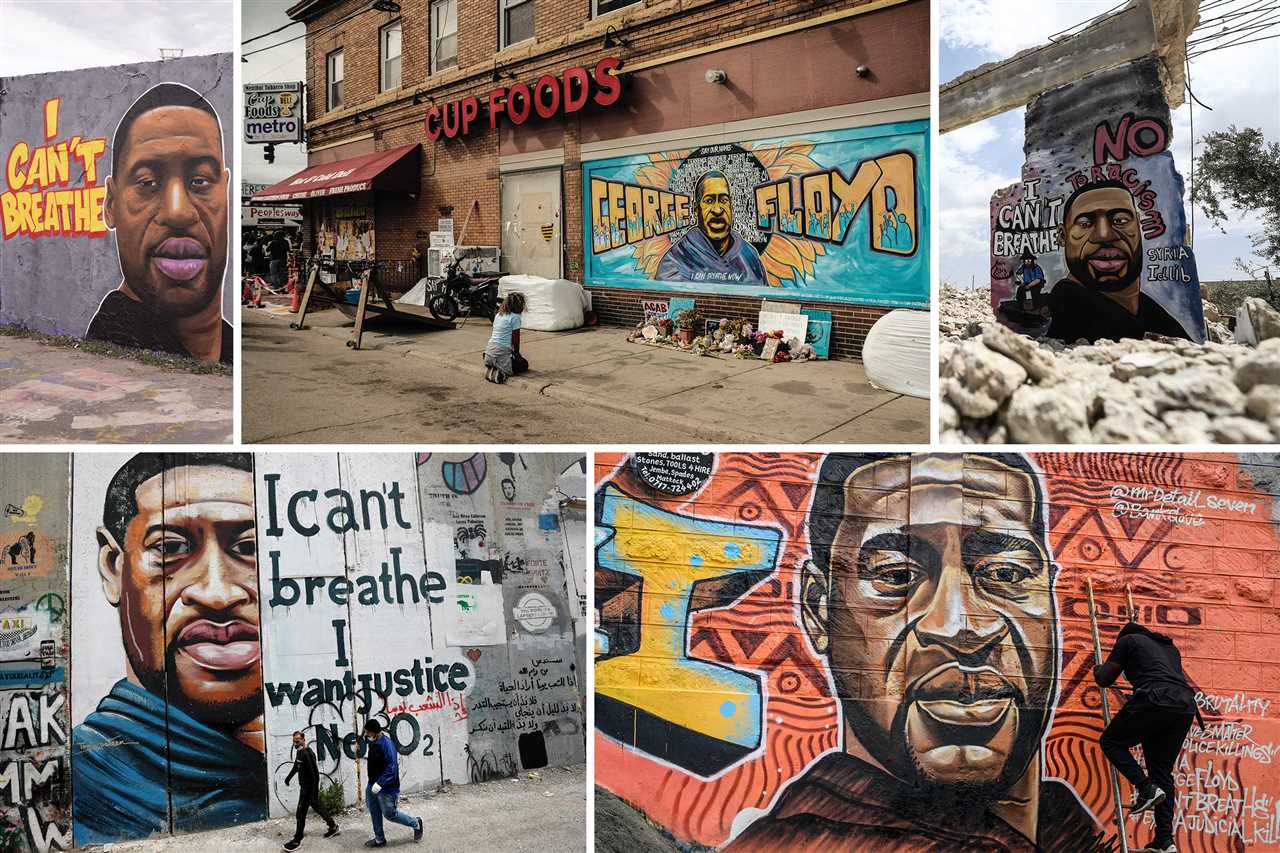
Art murals have a long and rich history that dates back to ancient times. The practice of creating large-scale paintings on walls can be traced back to prehistoric cave paintings and rock art. These early murals served as a means of storytelling, documenting events, and depicting daily life.
In ancient civilizations such as Egypt, Mesopotamia, and the Roman Empire, murals were often used to adorn the walls of temples, palaces, and tombs. These murals were highly detailed and depicted scenes from religious mythology, historical events, and everyday life.
During the Renaissance period, mural painting experienced a revival as a form of artistic expression. Artists like Michelangelo and Leonardo da Vinci created magnificent frescoes on the ceilings and walls of churches and palaces. These murals showcased the artistic prowess and creativity of these masters.
In the 20th century, mural art took on a new role as a form of social and political commentary. Artists such as Diego Rivera and David Alfaro Siqueiros created murals with strong social, political, and cultural messages. These murals often depicted the struggles of marginalized populations and called for social justice.
Today, art murals continue to be a popular form of artistic expression. They can be found in cities around the world, adorning the walls of buildings, bridges, and public spaces. Art murals not only beautify the urban landscape but also serve as a means of cultural preservation and community engagement.
Types of Art Murals
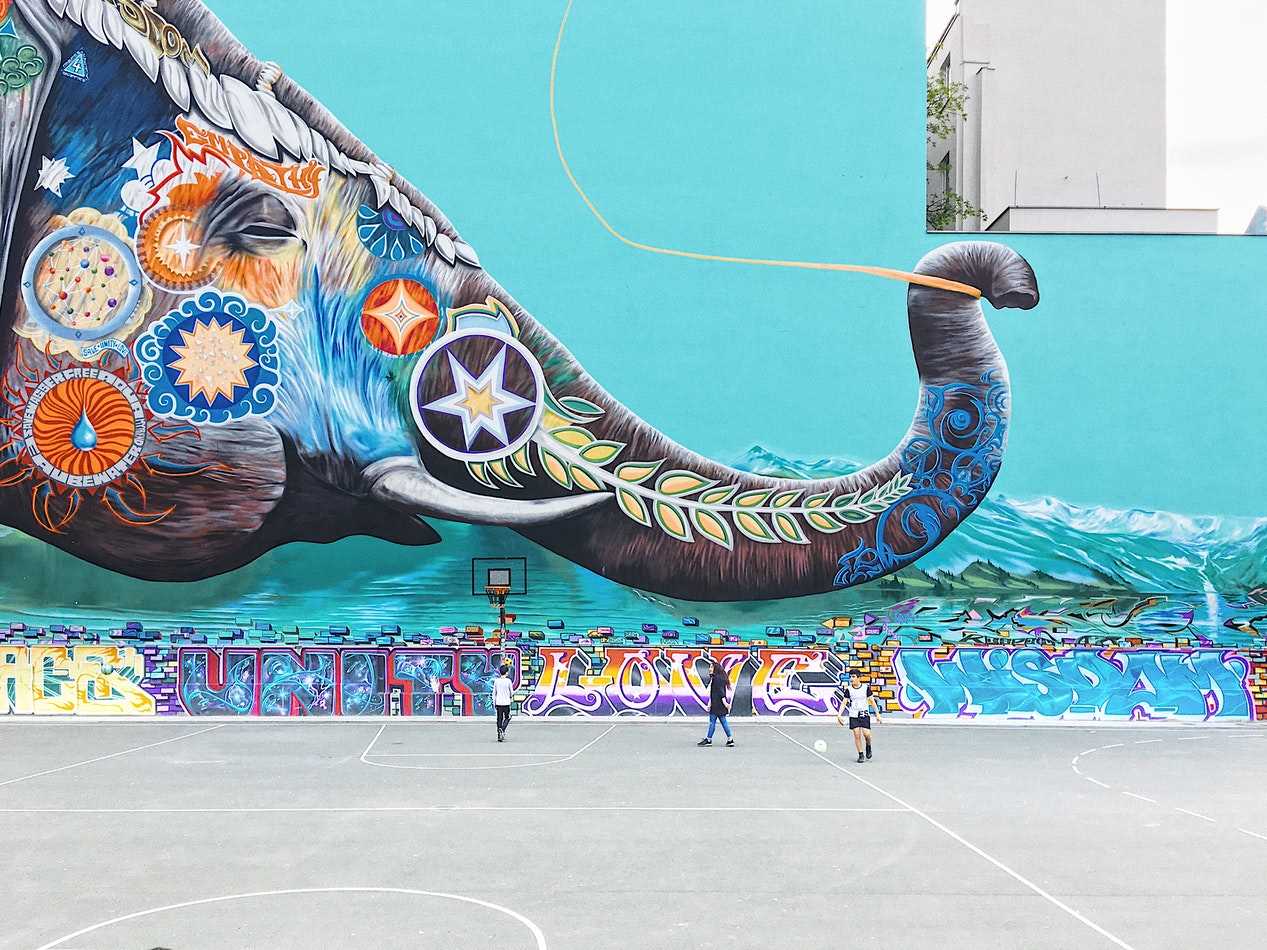
Art murals come in various types and styles, each with its unique characteristics and purpose. Here are some of the most common types of art murals:
- Historical murals: These murals depict historical events, figures, or important moments in a specific time period. They serve as a way to educate and commemorate significant historical events.
- Community murals: Community murals are created by and for the local community. They often portray themes of unity, diversity, and community pride. These murals can help beautify a neighborhood and create a sense of belonging.
- Nature murals: Nature murals showcase landscapes, flora, and fauna. They can bring the beauty of the outdoors inside urban areas, providing a sense of tranquility and connection to nature.
- Abstract murals: Abstract murals are characterized by non-representational forms and shapes. They focus on colors, lines, and textures to create a visual experience that may be open to varied interpretations.
- Portraiture murals: These murals feature portraits of individuals, often notable figures or community members. They can be realistic or stylized, capturing the essence and personality of the subject.
- Fantasy murals: Fantasy murals transport viewers to imaginary worlds, often inspired by myths, folklore, or science-fiction. These murals can create a sense of wonder and spark the imagination of those who see them.
- Social commentary murals: These murals address social issues, injustices, or political topics. They use visual art to express and provoke discussion, challenging viewers to reflect on the world around them.
- Interactive murals: Interactive murals invite viewers to interact with the artwork physically or digitally. They often incorporate elements like augmented reality, motion sensors, or interactive games, engaging and surprising the audience.
These are just a few examples of the many types of art murals that can be found across the world. Each type offers a unique experience and contributes to the vibrant world of public art.
Techniques Used in Art Murals
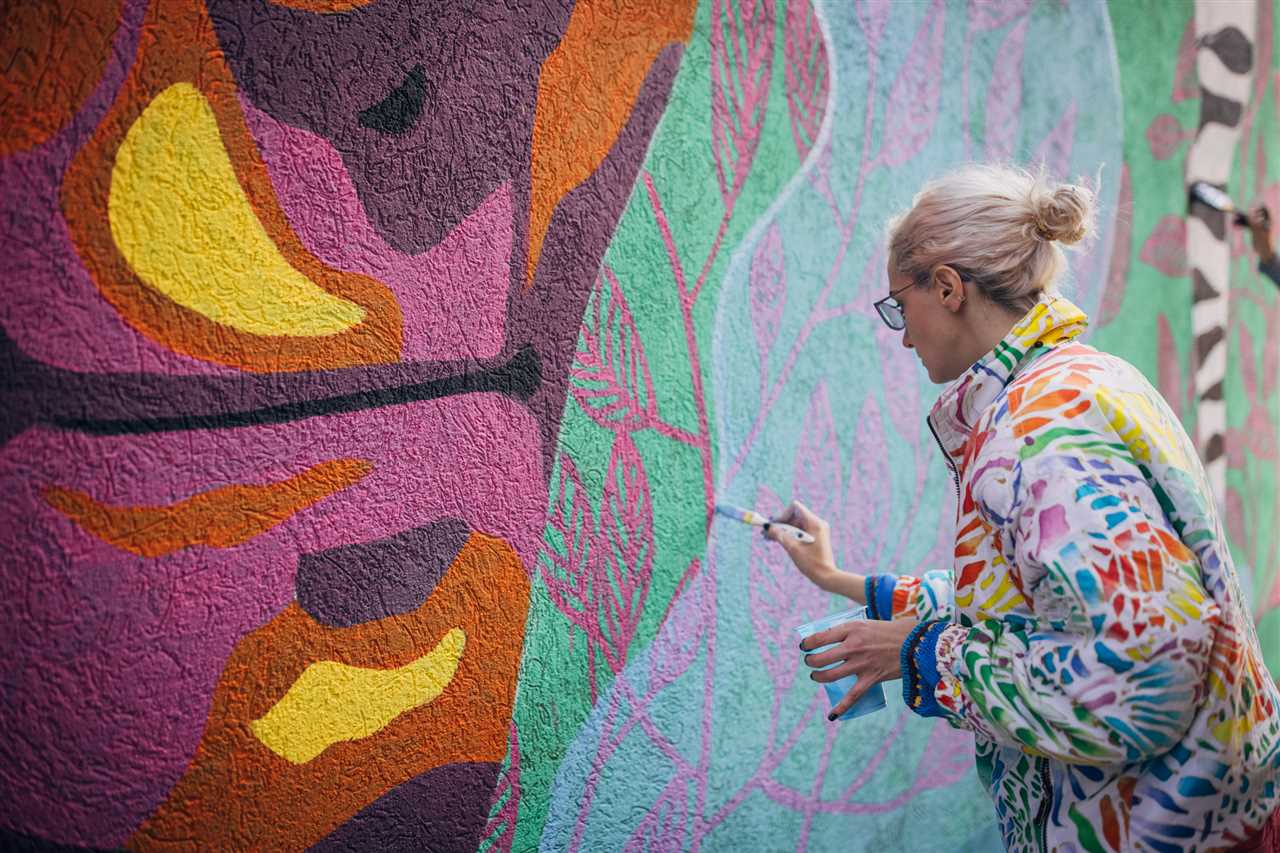
Art murals are large-scale artworks that are painted or applied directly onto a wall or surface. They often serve as a means of expressing creativity, conveying a message, or enhancing the aesthetic appeal of a space. Many different techniques can be used to create art murals, each with its own unique effects and outcomes.
- Mosaic: Mosaic murals are made by arranging small, colored tiles or pieces of glass onto a surface to form an image or pattern. This technique often adds texture and depth to a mural.
- Graffiti: Graffiti murals involve the use of spray paint or markers to create stylized lettering or images. These murals can be highly expressive and often convey social or political messages.
- Trompe-l’oeil: This technique creates the illusion of three-dimensional objects or scenes on a flat surface. Artists use shading, perspective, and intricate details to make the mural appear realistic and deceive the viewer’s eye.
- Stencil: Stencil murals involve the use of pre-cut templates or stencils to create repetitive patterns or designs. This technique allows for precise and consistent shapes to be formed.
- Brushwork: Brushwork murals are created using traditional painting techniques, such as using brushes and acrylic or oil paints. This technique allows for a wide range of styles and textures to be achieved.
Artists often combine multiple techniques to create unique and visually striking art murals. The choice of technique depends on the desired outcome and the artist’s personal style and preferences.
Iconic Art Murals
Art murals have the power to transform ordinary buildings into vibrant works of art. These iconic murals not only beautify the urban landscape, but also serve as landmarks and cultural symbols. Here are some of the most famous art murals from around the world:
The Great Wave of Kanagawa (Tokyo, Japan)
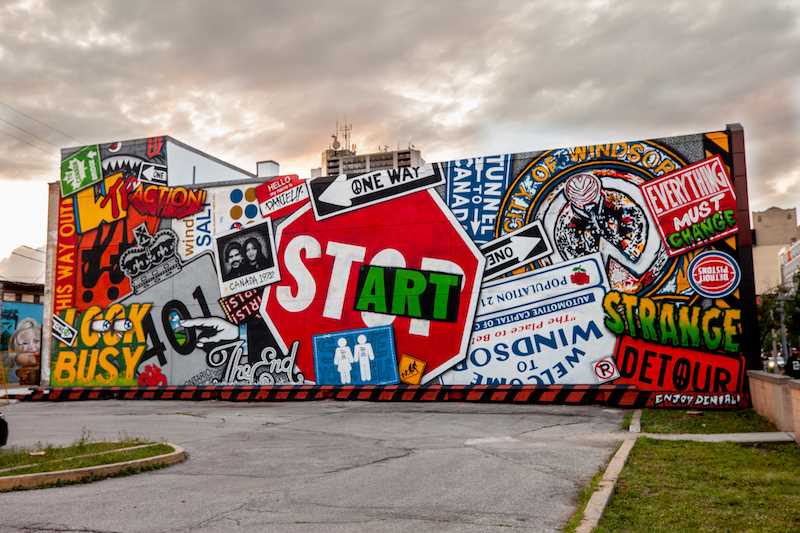
Located in Tokyo, Japan, “The Great Wave of Kanagawa” is a famous art mural depicting a giant wave towering over boats. This iconic image, created by Japanese artist Hokusai in the early 19th century, has become an emblem of Japanese art and culture.
Guernica (Madrid, Spain)
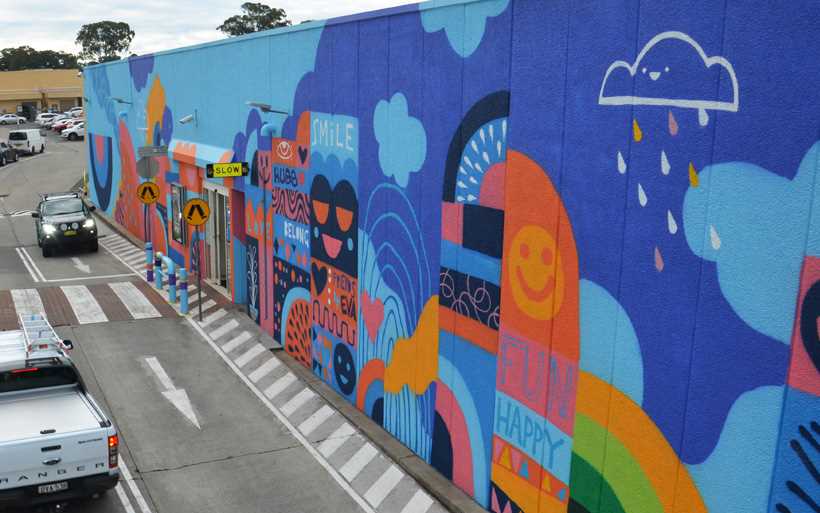
Pablo Picasso’s masterpiece “Guernica” is one of the most iconic art murals of all time. Painted in response to the bombing of the town of Guernica during the Spanish Civil War, this mural depicts the horrors of war and has become a symbol of peace and anti-violence.
- The Sistine Chapel Ceiling (Vatican City, Rome)
- The Kiss (Vienna, Austria)
- The Mural of Brotherhood (Berlin Wall, Germany)
- David Alfaro Siqueiros Murals (Mexico City, Mexico)
These iconic murals and many others have left a lasting impact on the art world and continue to inspire artists and viewers alike. Whether they convey a powerful message or simply add beauty to the surroundings, art murals have become an integral part of our cultural landscape.
Influence of Art Murals
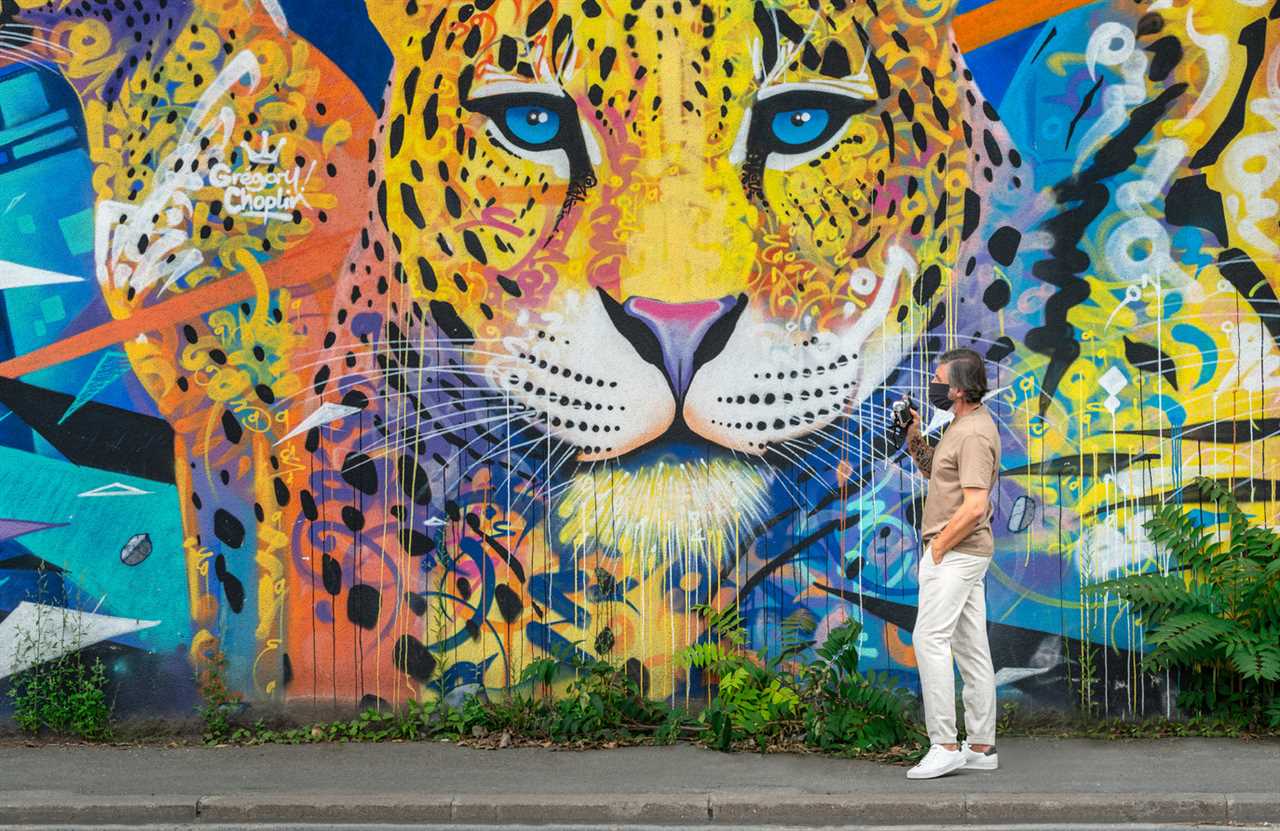
Art murals have a profound impact on individuals and communities, bringing about positive changes in various aspects of life. From inspiring creativity to promoting social cohesion, art murals have the power to transform public spaces and uplift communities.
1. Enhancing Aesthetics
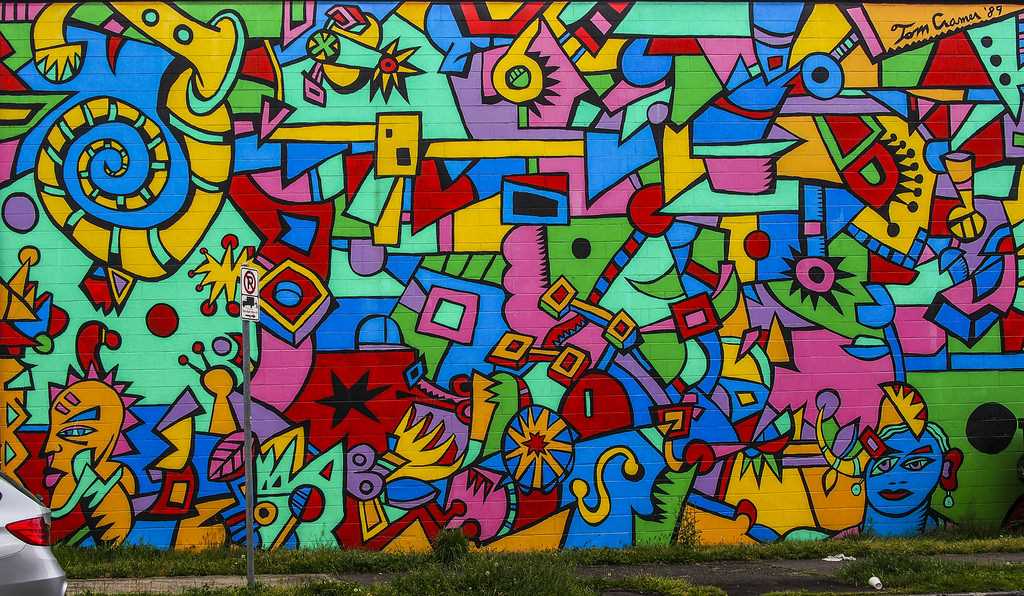
Art murals add vibrant colors and unique designs to otherwise dull and mundane walls, transforming them into captivating visual spectacles. The presence of art murals can significantly enhance the aesthetics and visual appeal of a neighborhood or city, making it more attractive to residents and visitors alike.
2. Encouraging Community Engagement
Art murals often involve local artists and community members in their creation, fostering a sense of pride and ownership within the community. The collaborative nature of mural projects encourages community engagement and provides opportunities for individuals to express their creativity and voice their concerns.
| Benefits | Examples |
|---|---|
| Revitalization of public spaces | Mural projects in abandoned areas |
| Expression of cultural identity | Indigenous-inspired murals in urban settings |
| Education and awareness | Murals depicting historical events or social issues |
| Tourism and economic development | Mural festivals attracting visitors from around the world |
Moreover, art murals create a sense of place and identity, reflecting the unique cultural, historical, or social aspects of a community. These murals become landmarks and points of pride, fostering a positive community identity and strengthening social connections.
Street Art vs Art Murals
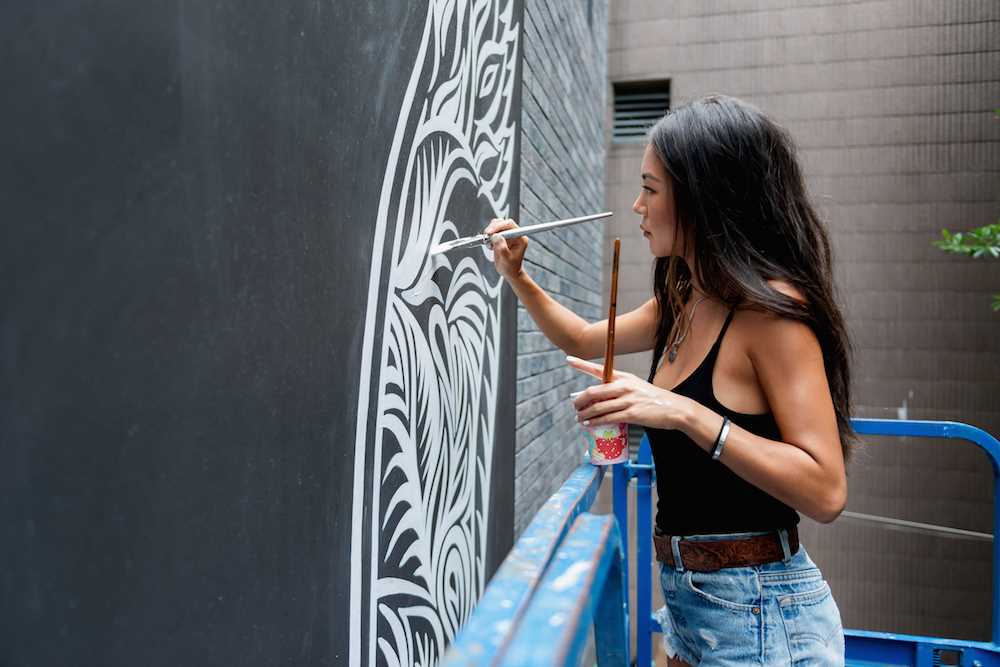
Street art and art murals are two forms of artistic expression that can be found in public spaces. While they share some similarities, there are also distinct differences between the two.
Street Art

Street art is a broad term that encompasses various types of creative works that are displayed in public places, usually in urban environments. It often involves the use of stencils, spray paint, or other graffiti materials. Street art is known for its rebellious and subversive nature, as it is often created illegally or without permission. It is often associated with social commentary and political activism.
Street art can take many forms, such as murals, graffiti, stickers, and stencil art. It can be found on walls, buildings, sidewalks, and other surfaces throughout a city. Street artists often choose to remain anonymous, adopting pseudonyms or using their unique visual style as their signature.
Art Murals
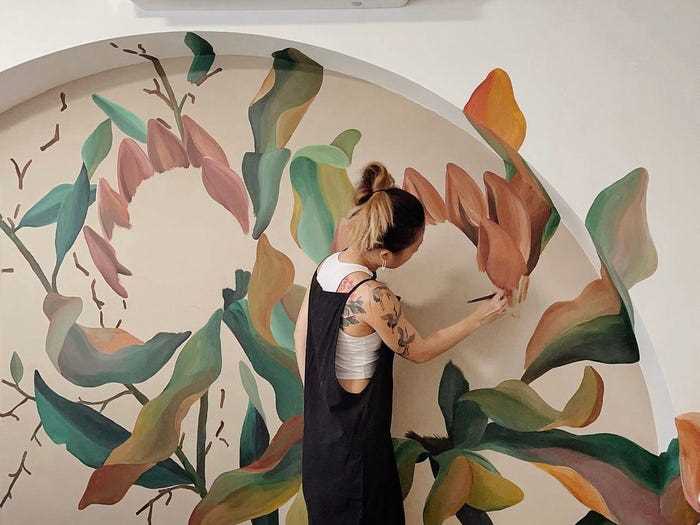
Art murals, on the other hand, refer specifically to large-scale painted artworks that are created directly on walls or other surfaces. Unlike street art, art murals are typically commissioned and created with the permission of the property owner or local authorities. They are often intended to beautify and enhance the urban landscape while also conveying a specific message or theme.
Art murals can range from simple, abstract designs to intricate, realistic scenes. They can be found in various locations, including parks, public buildings, and even private spaces. Art murals are often created by professional artists who specialize in large-scale paintings and have a particular expertise in working with different materials and techniques.
While street art and art murals share a common goal of engaging the public and adding visual interest to urban spaces, they differ in terms of their legality, purpose, and creation process. Street art is often seen as an act of creative rebellion, while art murals are typically sanctioned and supported by the community. Both forms of art, however, contribute to the vibrant cultural landscape of a city and provide opportunities for individuals to express themselves and interact with their surroundings.
Famous Muralists
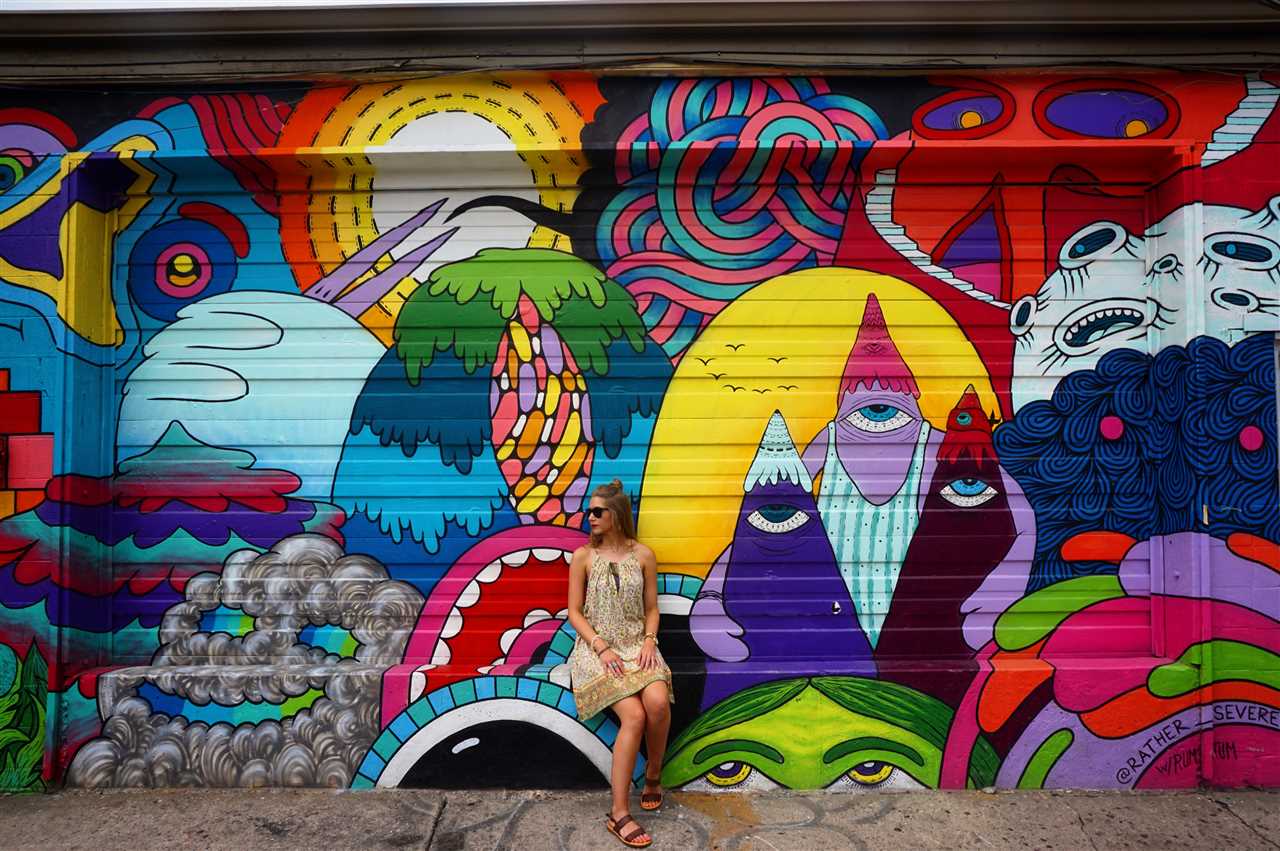
Art murals have gained popularity over the years as a form of expressing creativity and making a statement. There are many talented artists who specialize in creating stunning murals that can be seen all around the world. Here are some of the most famous muralists:
-
Diego Rivera
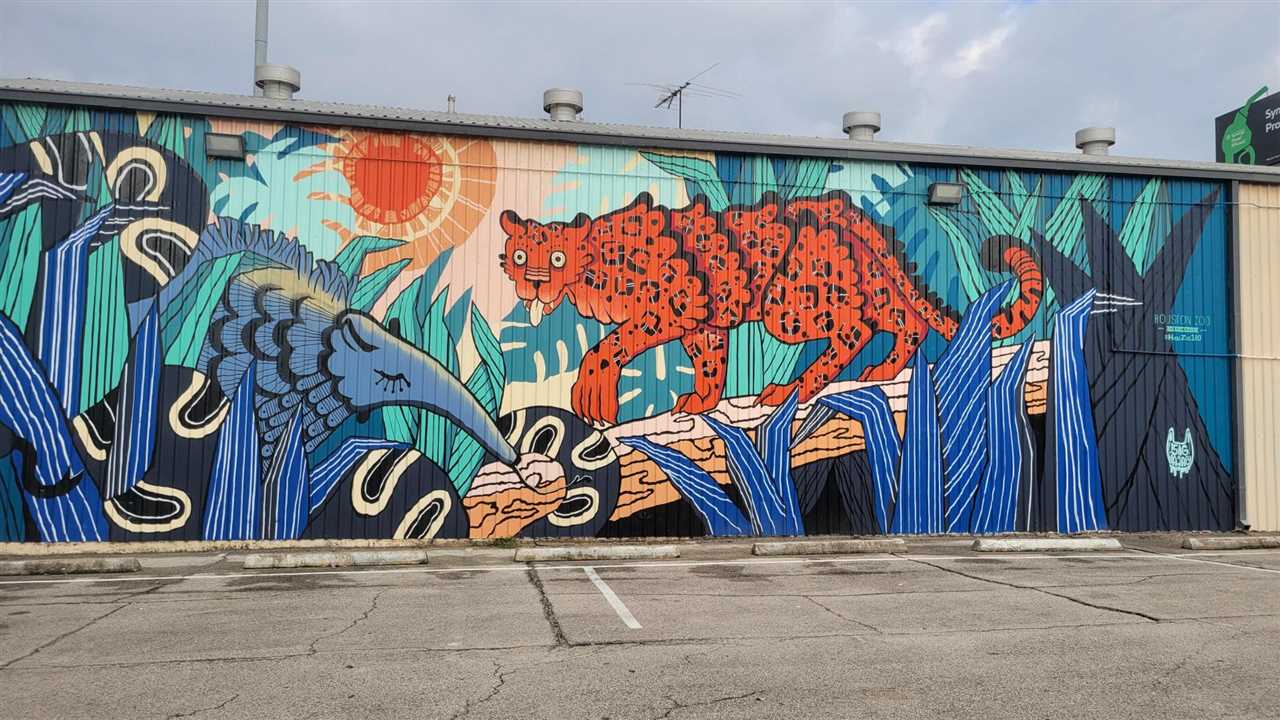
Diego Rivera is one of the most prominent muralists in history. His murals can be seen in various locations, including Mexico City and Detroit. Rivera’s work often depicted political and social themes, and he was known for his use of bold colors and large-scale compositions.
-
Banksy
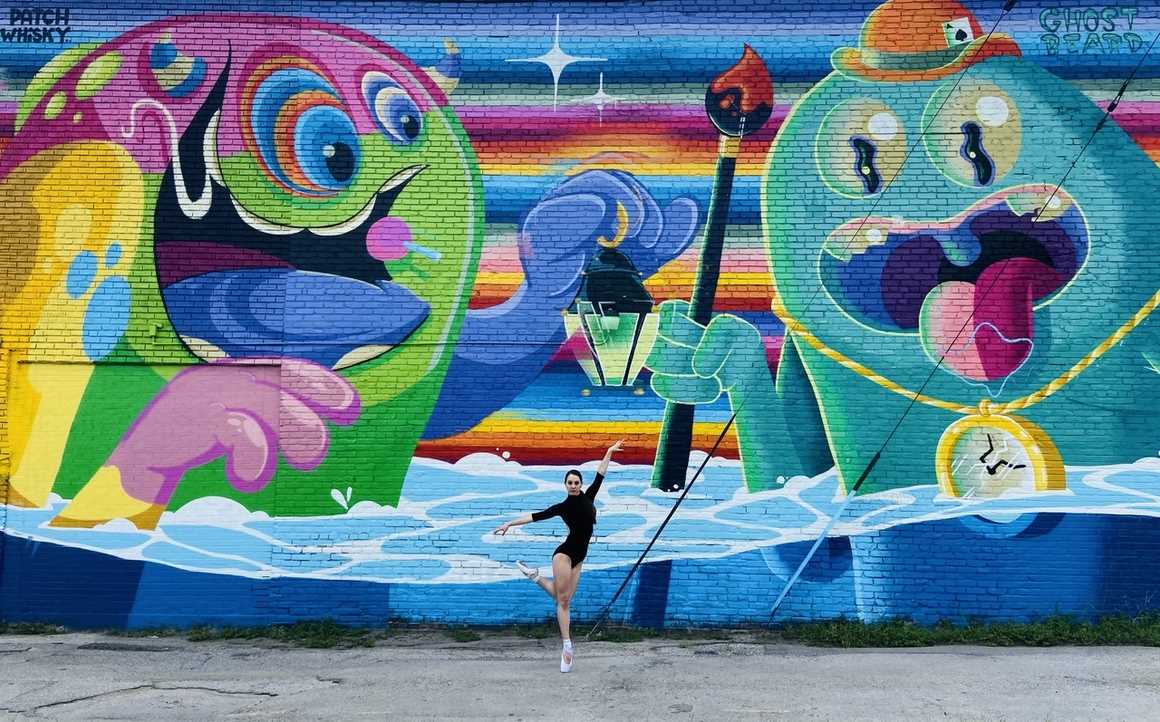
Banksy is an anonymous street artist who has gained international recognition for his thought-provoking and politically charged murals. His works, often featuring stenciled images and witty slogans, can be found in various cities around the world, sparking conversations and controversies.
-
David Alfaro Siqueiros
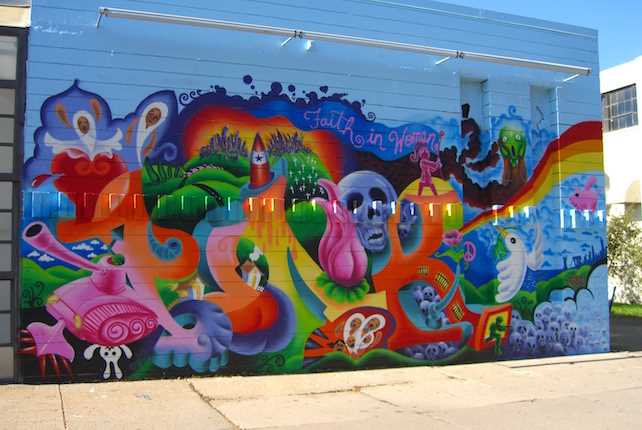
David Alfaro Siqueiros was a Mexican painter and muralist who was heavily involved in the Mexican muralism movement. His murals, characterized by their monumental scale and social and political themes, can be seen in Mexico and other parts of the world.
-
Ka
Appreciating Art Murals

Art murals are a vibrant and captivating form of artistic expression that can be found in various cities around the world. These large-scale paintings are typically created on the walls of buildings, transforming blank spaces into visually stunning masterpieces.
One of the key benefits of art murals is their ability to bring art to the public, making it accessible to all. Unlike traditional artworks that are often contained in museums or galleries, murals are on display for anyone walking by to enjoy. This inclusive nature allows art to be appreciated by a wider audience, regardless of their knowledge or interest in the art world.
The beauty of art murals lies not only in their visual aesthetic, but also in the stories they tell and messages they convey. Many murals serve as a form of social commentary, addressing important issues such as social injustices, political activism, or environmental concerns. These artworks have the power to spark conversations and provoke thought, making them a powerful medium for cultural expression.
When appreciating art murals, it is important to consider the context in which they were created. The location and surroundings of the mural can greatly impact its meaning and significance. For example, a mural addressing gentrification painted in a neighborhood undergoing rapid urban development would carry a different meaning than the same artwork found in a completely different setting.
Art murals also provide a canvas for artists to showcase their individual styles and techniques. From intricate details to bold, abstract designs, each mural reflects the unique vision of its creator. This diversity adds to the richness and variety of public art, creating a tapestry of different artistic voices collaborating to enhance the urban landscape.
Next time you come across an art mural, take a moment to appreciate the talent, thought, and effort behind it. Whether it’s a small neighborhood mural or a large-scale masterpiece, these artworks have the potential to inspire, challenge, and enrich our lives. So, let’s celebrate the beauty and power of art murals!

I am a mural enthusiast and a fervent admirer of street art. Rather than creating murals myself, I am passionate about collecting them. My love for street art knows no bounds. I am dedicated to curating and cherishing these artworks that grace the streets. My collection stands as a testament to my profound appreciation for this form of artistic expression.
read about me



